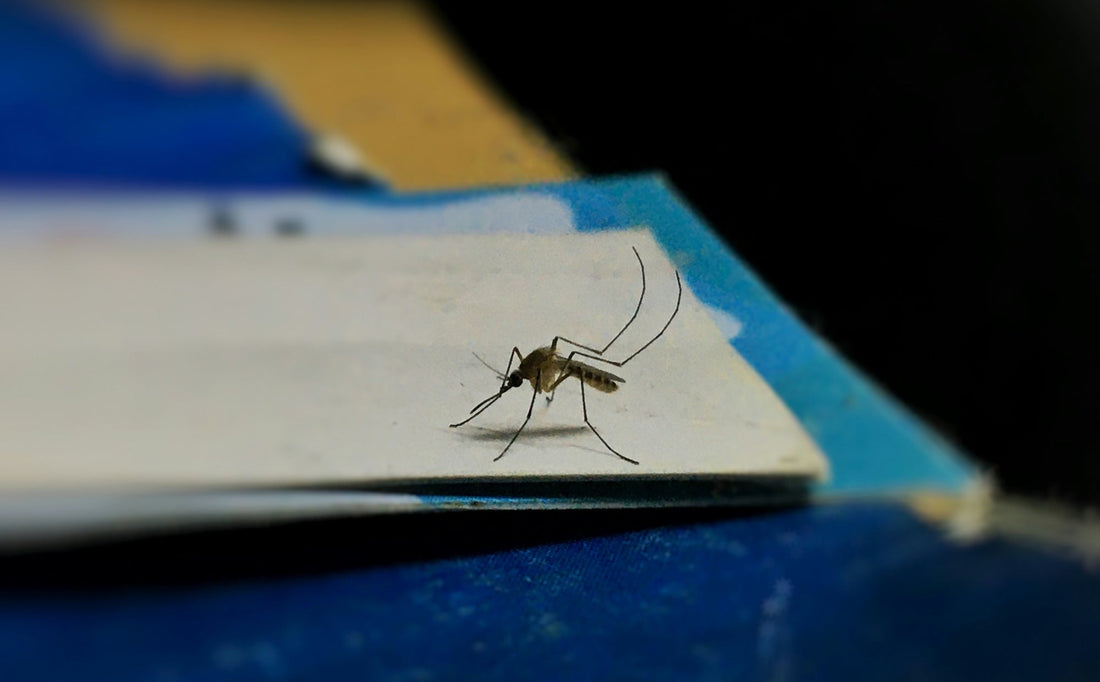
Does Your Incense Repel Bugs and Mosquitoes?
When we think of incense, we often associate it with calming rituals, spiritual ceremonies, or aromatic self-care practices. But did you know that incense has also been used historically as a method to keep pests at bay? From ancient temples to modern homes, the idea of using incense to repel mosquitoes or deter bugs has been both a cultural and practical tradition.
So, how effective is incense when it comes to pest control? Let’s explore the facts and folklore behind incense to keep bugs away and see whether there’s any science to back it up.
A Brief History of Incense and Pest Control
The use of incense for repelling insects dates back thousands of years. In ancient Egypt, China, and India, people burned herbal resins and plant materials to purify spaces—not just spiritually, but physically. The fragrant smoke was believed to ward off unwanted pests, especially during warmer months when mosquitoes and flies thrived.
One traditional example is the burning of sandalwood, lemongrass, or neem leaves in Indian households during monsoon seasons to deter bugs. Similarly, Chinese temples often used mugwort or wormwood incense for both spiritual protection and pest control.
How Does Incense Keep Bugs Away?
Certain types of incense are made with natural insect-repelling ingredients, such as:
- Citronella – known for its mosquito-repelling properties
- Lemongrass – a citrusy scent that bugs dislike
- Eucalyptus – both a fresh scent and a natural bug deterrent
- Cedarwood – historically used in closets and chests to repel moths and insects
- Lavender and peppermint – pleasant for humans, irritating for bugs
When burned, the smoke carries these scents into the air, which can confuse or repel insects that rely heavily on their sense of smell.
This is why incense to repel mosquitoes is often used in outdoor settings like gardens, balconies, or patios during the summer months. However, the effectiveness of incense in pest control depends on the ingredients, the size of the area, and airflow.

Scientific Perspective: Does It Really Work?
While anecdotal and traditional evidence supports the use of incense to deter bugs, what does science say?
A 2011 study published in the Journal of the American Mosquito Control Association found that burning citronella-based incense can reduce mosquito landings in a small enclosed area. However, the effect was significantly less potent than topical repellents or mosquito coils specifically formulated for pest control.
Another study from the Malaria Journal (2013) reported that certain herbal incense blends had moderate repellency against mosquitoes in rural areas of Asia and Africa, particularly in indoor, poorly ventilated spaces.
That said, most standard incense used for aromatherapy is not designed for pest control. Its effect on insects may be limited and should not replace insect sprays or nets in areas where bugs are a serious concern.
Types of Incense to Repel Bugs
If you're interested in using incense to keep bugs away, here are a few types worth trying:
- Citronella incense sticks or cones
- Lemongrass or eucalyptus-based incense
- Incense with neem, turmeric, or camphor (often found in Ayurvedic traditions)
- Bug-repelling incense coils (more potent, but often contain synthetic chemicals)
While some incense brands like SomaScents are primarily crafted for mood and ritual, some of the blends include natural oils like cedarwood and lemongrass that may offer mild bug-repelling benefits as a bonus.
Final Thoughts: Incense and Pests
So, can incense repel bugs? The answer is: yes, to some extent—especially incense made with the right ingredients. While not as effective as specialised insect repellents, burning certain incense can add a layer of aromatic protection during light outdoor use or to discourage mosquitoes indoors(Ogoma et al, 2012).
Just remember: Don’t rely solely on incense in high-risk pest environments
Whether you’re seeking peace of mind, a sacred space, or just a natural way to discourage pests, incense can play a role in creating a more comfortable environment.
